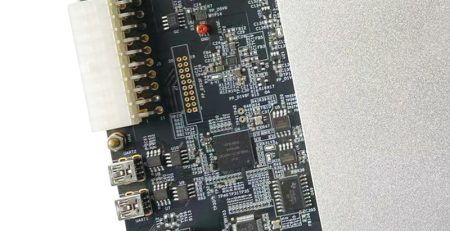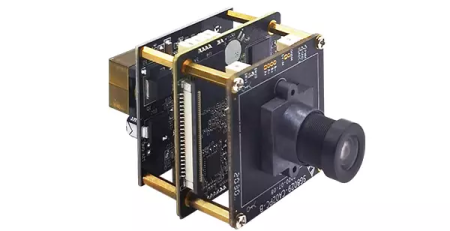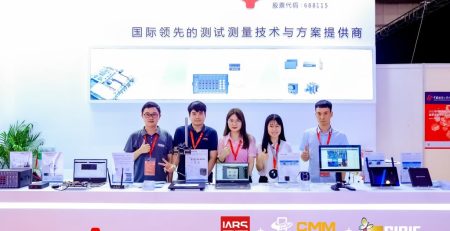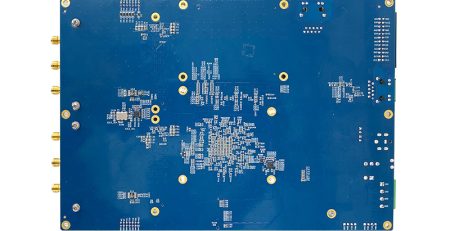How to Program FPGA Xilinx with Smartgiant Solutions
At Smartgiant, we pride ourselves on being at the forefront of innovation in FPGA technology. Our robust series of modular products, primarily equipped with chips from the Zynq-7000, UltraScale+, and Kintex UltraScale+ series, are designed to address diverse needs in high-performance computing, real-time data processing, and complex system control. In this article, we’ll guide you through how to program FPGA Xilinx devices effectively, enabling you to harness their powerful capabilities.
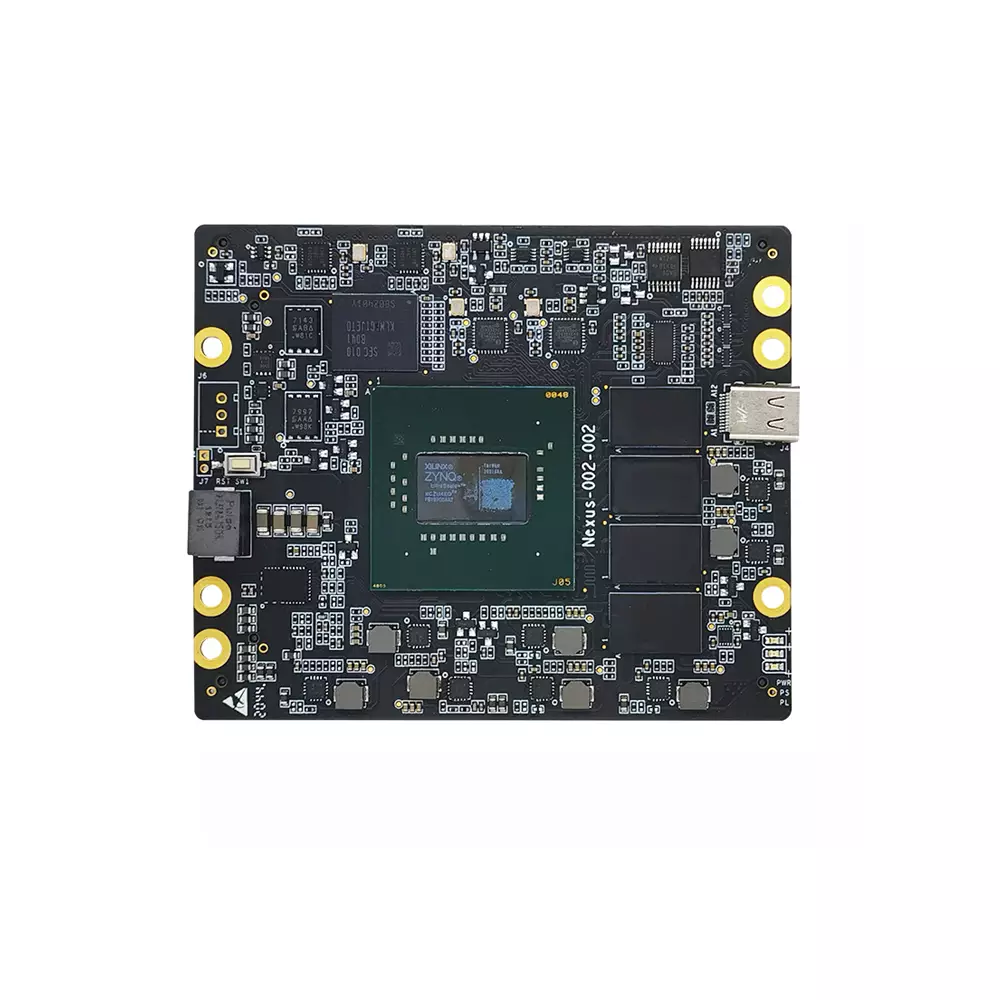
Understanding the Basics of FPGA Programming
Before diving into how to program FPGA Xilinx , it’s essential to understand the basic concepts behind FPGA programming. FPGAs, or Field Programmable Gate Arrays, are integrated circuits that can be configured by the user after manufacturing. This flexibility allows us to design hardware functionality according to specific applications. To program an FPGA, we typically use hardware description languages (HDLs) such as VHDL or Verilog, which describe the behavior and structure of electronic systems. By mastering these languages, you can leverage the full potential of our high-performance FPGA modules.
The Programming Process Step-by-Step
Now that you have a grasp of the basics, let’s explore how to program FPGA Xilinx devices step-by-step. First, you need to install Xilinx’s software tools, such as Vivado Design Suite, which provides a comprehensive environment for FPGA design and programming. We then create a new project within the software, selecting the appropriate FPGA model from our Smartgiant module lineup. Next, we write your HDL code, simulating the design to verify its functionality using the built-in simulator. Once you ensure that the simulation runs successfully, we move on to synthesis, where the design is converted into a physical representation suitable for the FPGA hardware. Finally, programming the FPGA entails downloading the generated bitstream file onto the device, configuring it to operate according to your specifications.
Best Practices for Effective Programming
When learning how to program FPGA Xilinx , following best practices can significantly enhance your development efficiency. Always start with a well-defined specification to guide your design process. Modular programming techniques are also invaluable; they allow you to break down complex designs into manageable blocks, making debugging easier. Regularly testing your design at each stage of development will help identify issues early, reducing time spent on troubleshooting later. Lastly, staying updated with the latest resources and community forums can provide additional insights and support as you advance your skills.
Conclusion
In conclusion, programming FPGA Xilinx devices may seem daunting initially, but with the right approach and tools, it becomes an achievable task. At Smartgiant, we offer high-performance FPGA modules combined with expert guidance to ensure you succeed in your programming endeavors. By understanding the steps involved and adopting best practices, you can efficiently program Xilinx FPGAs to power your innovative projects. Embrace the power of FPGA technology with Smartgiant and unlock endless possibilities!


